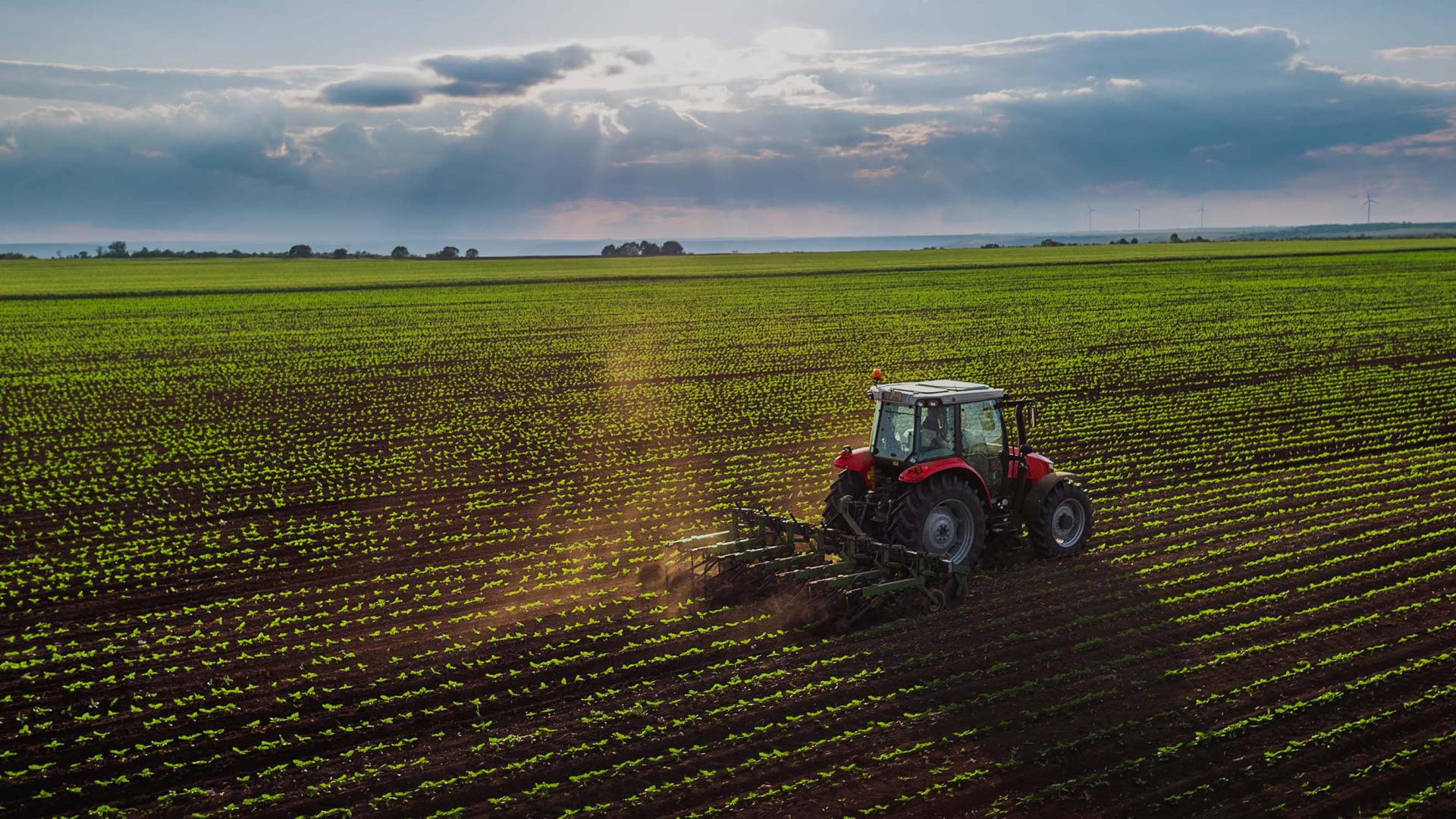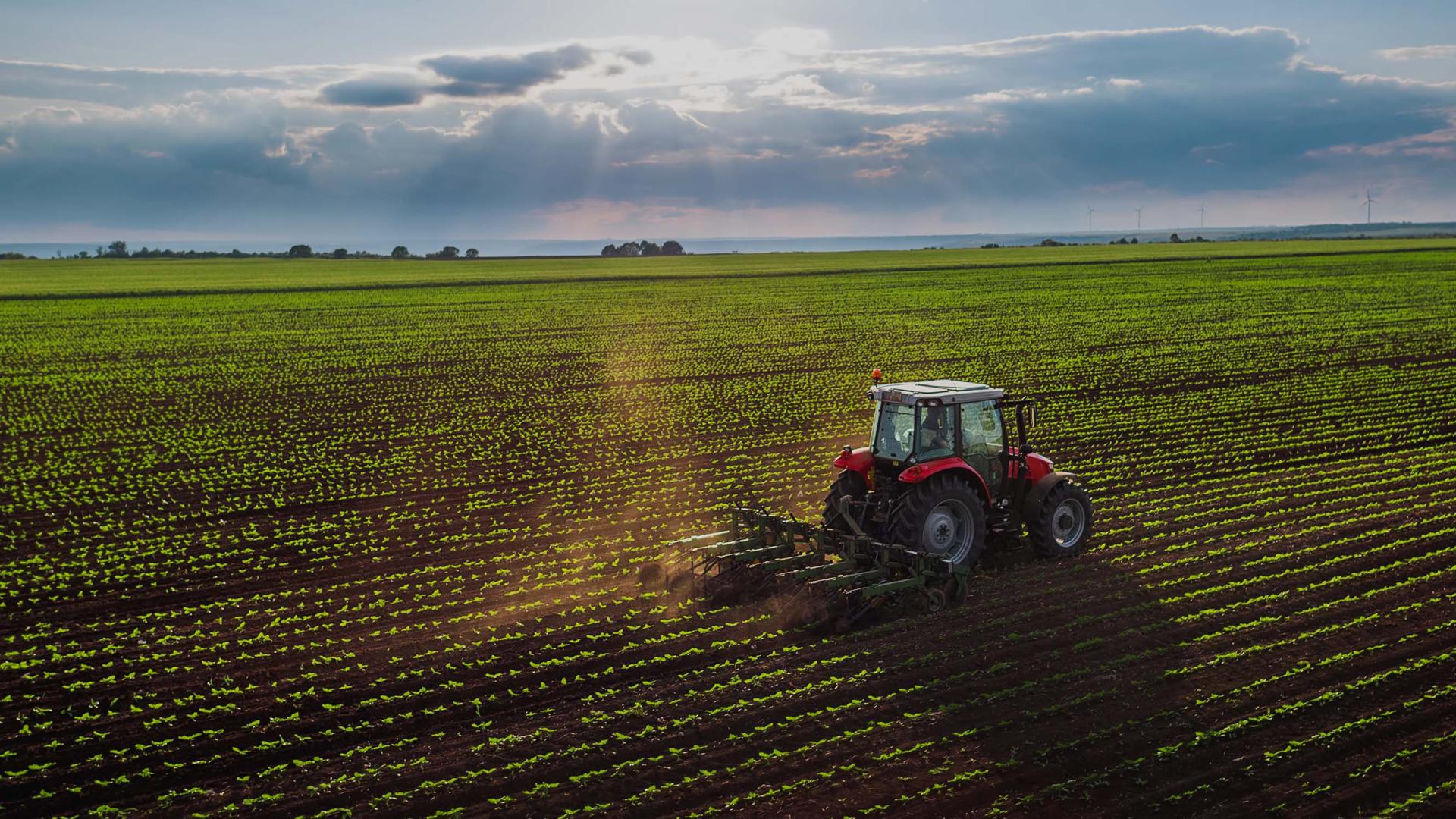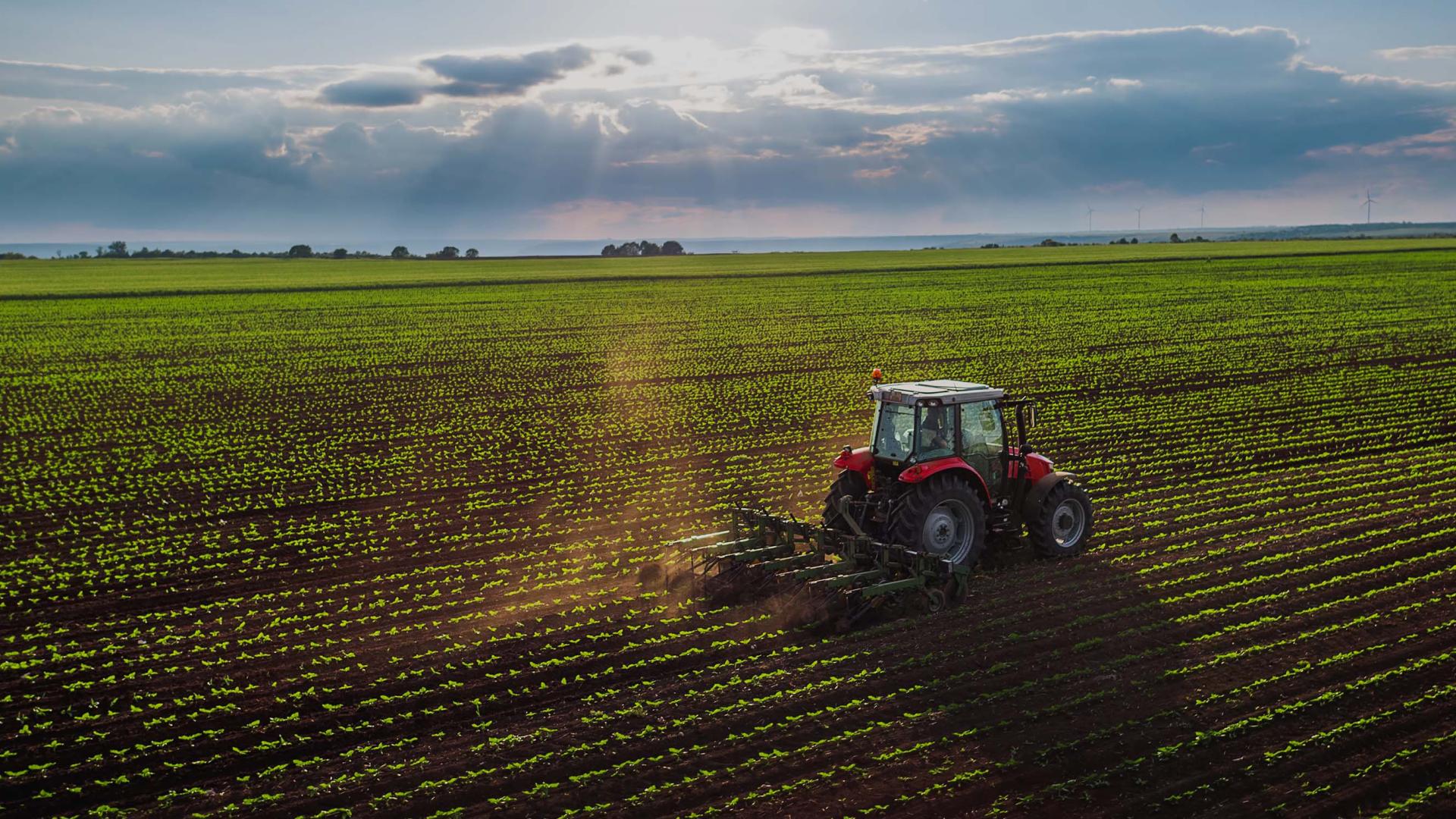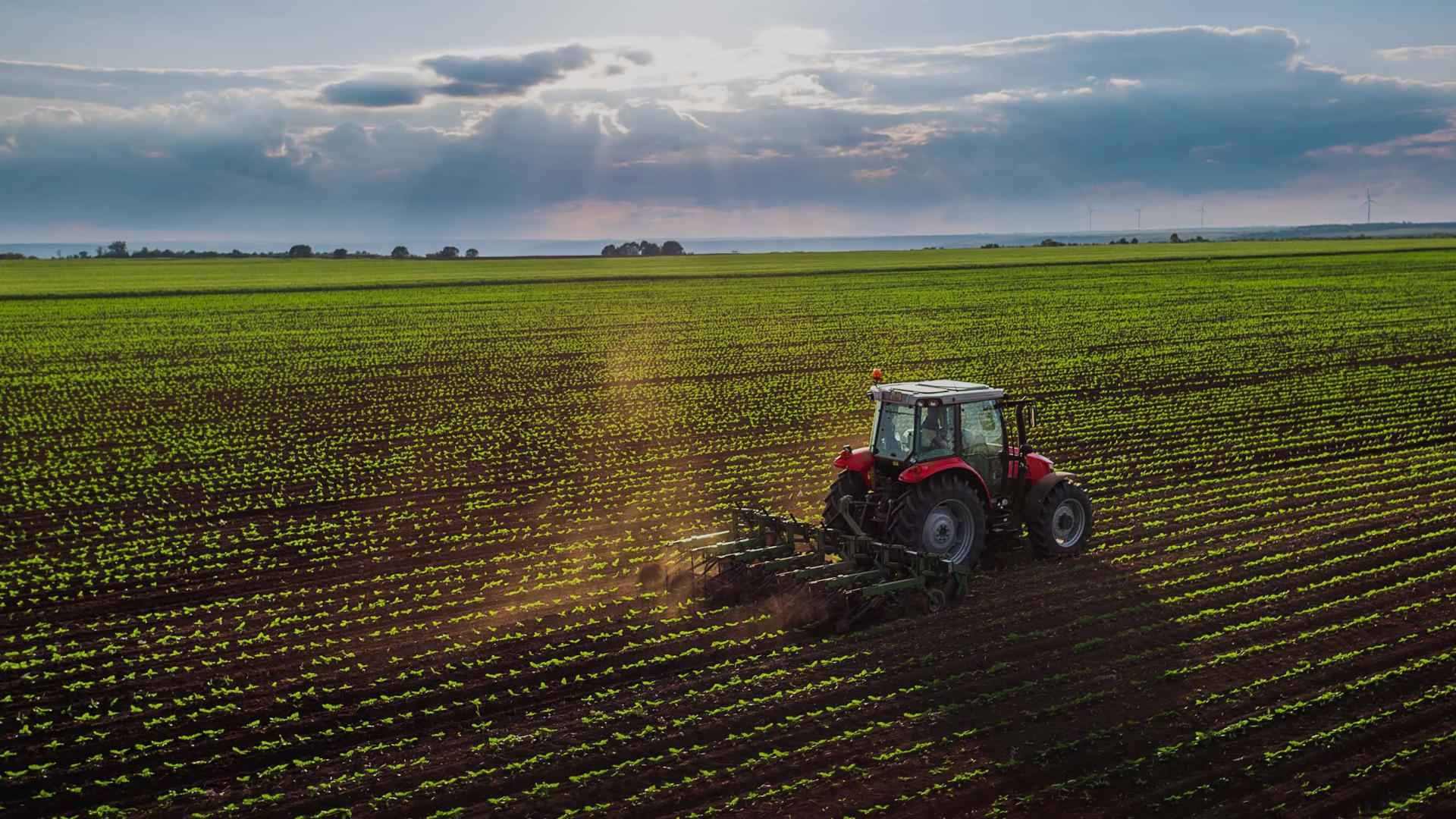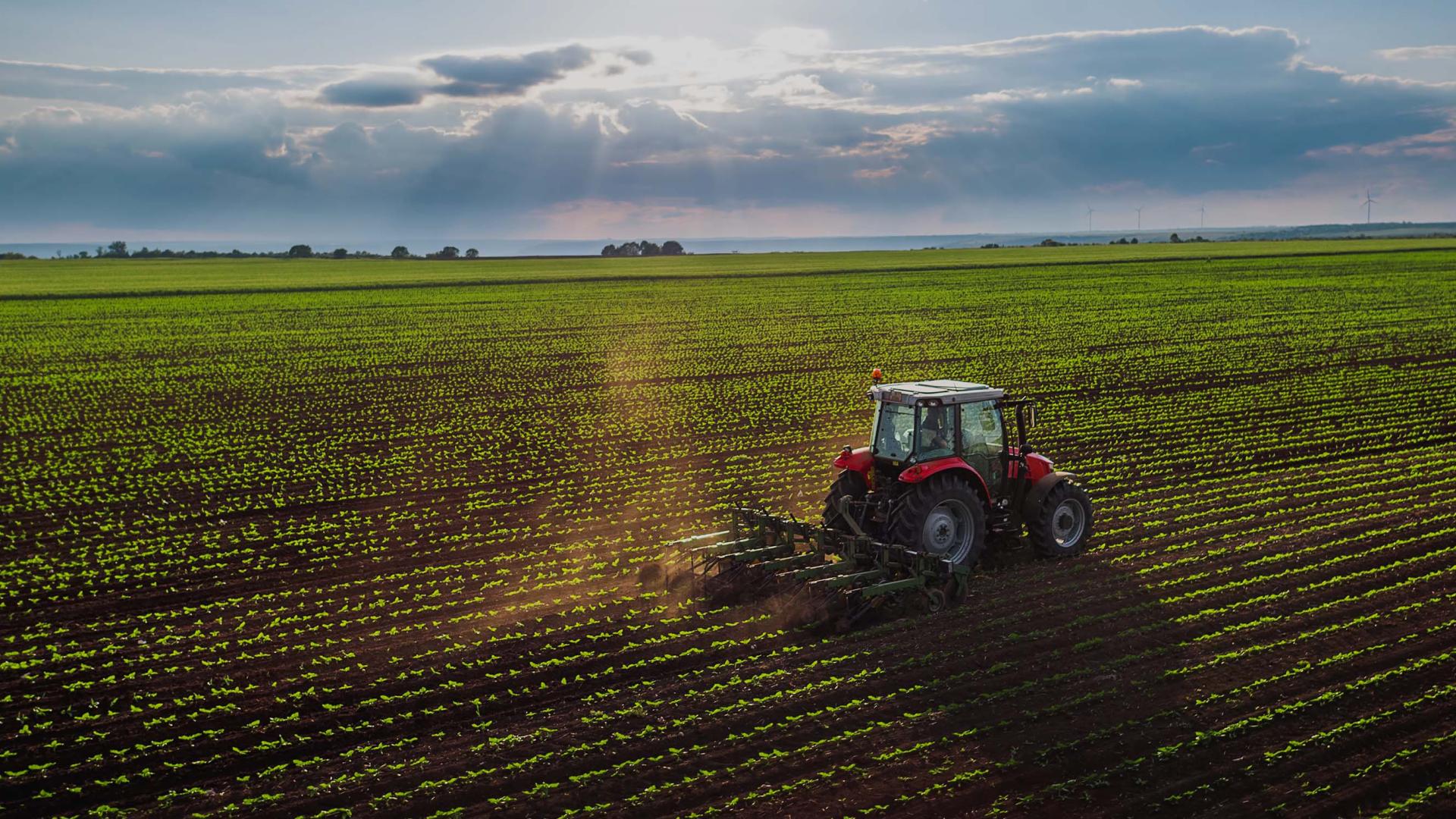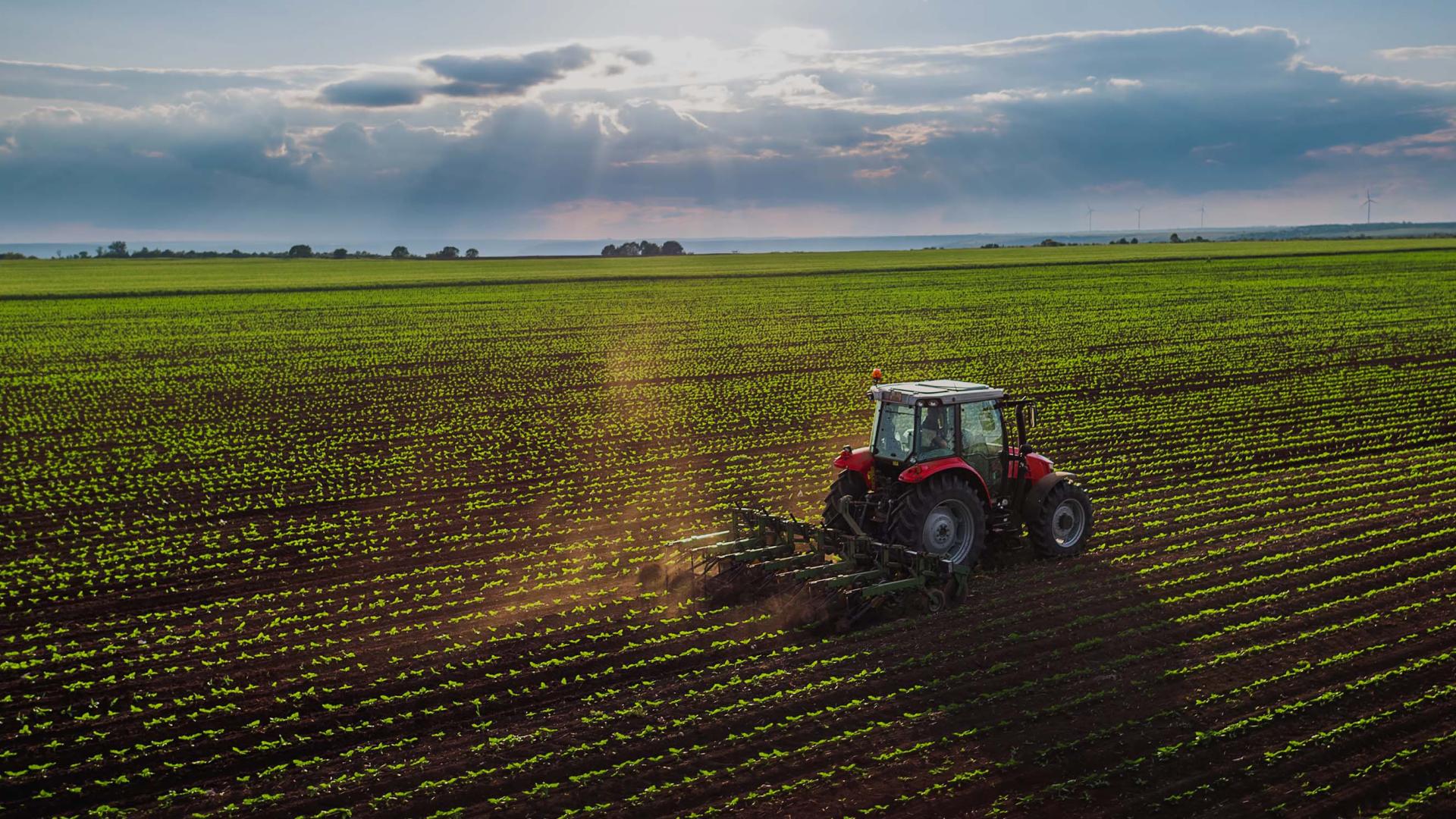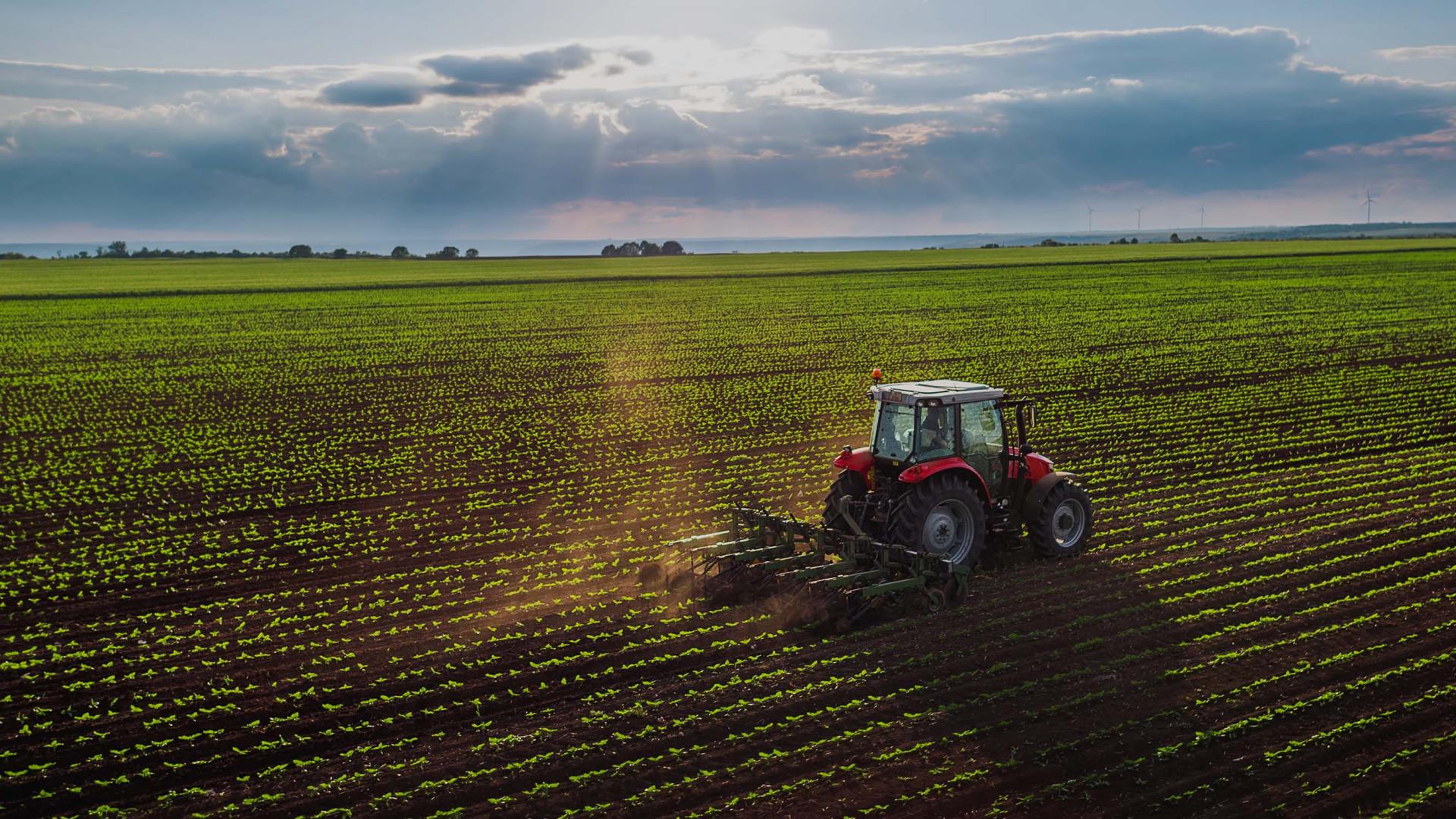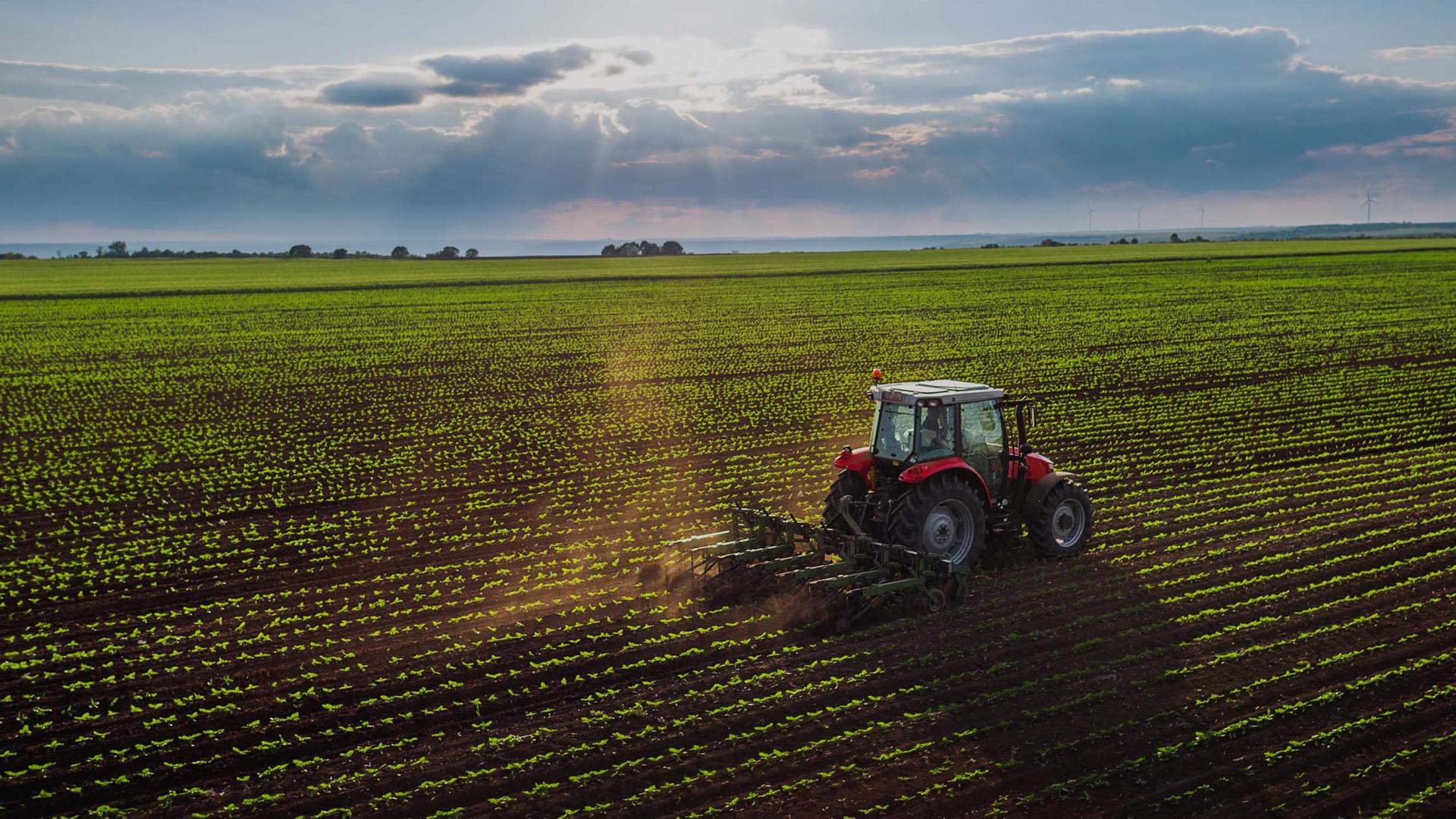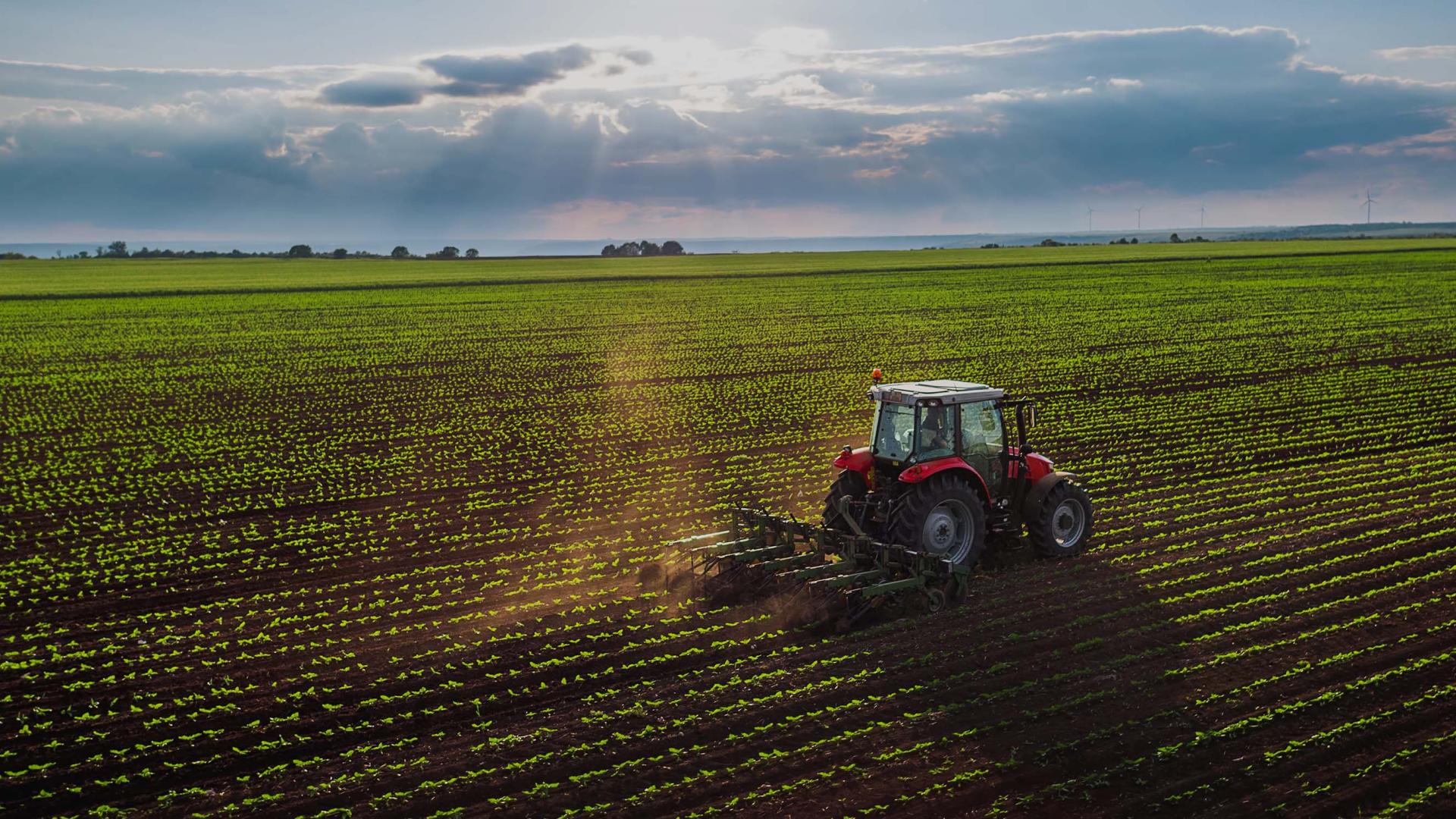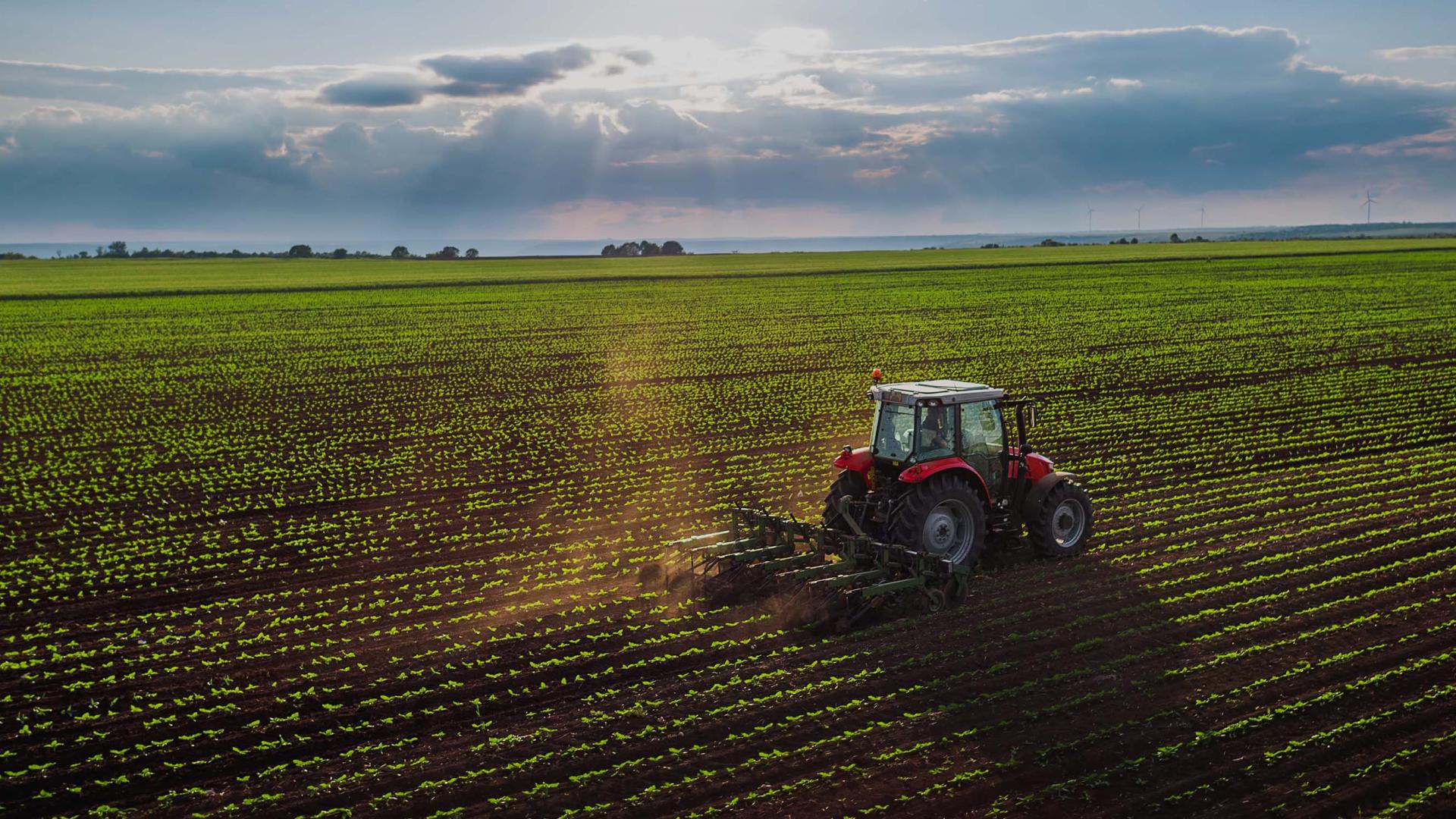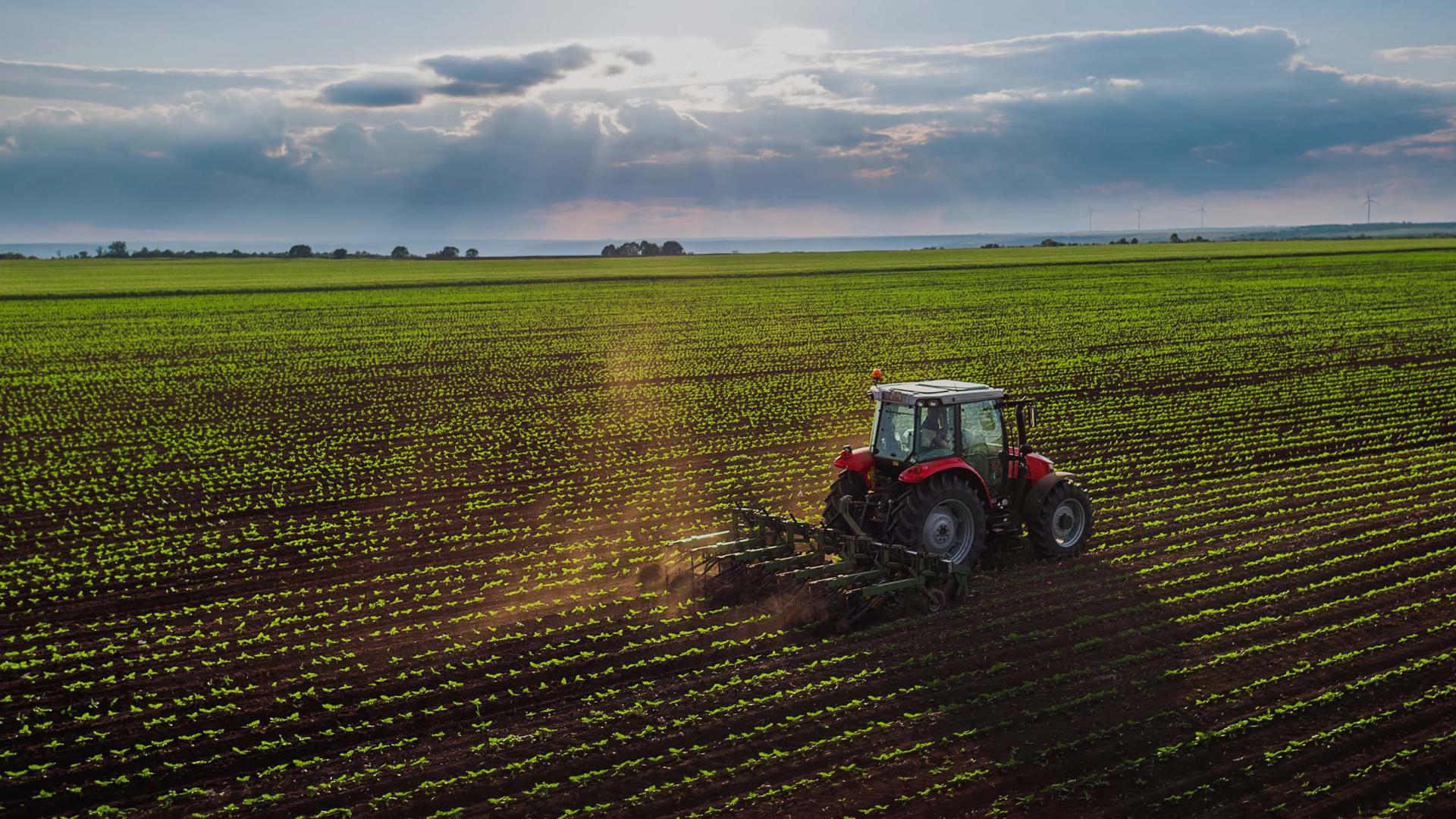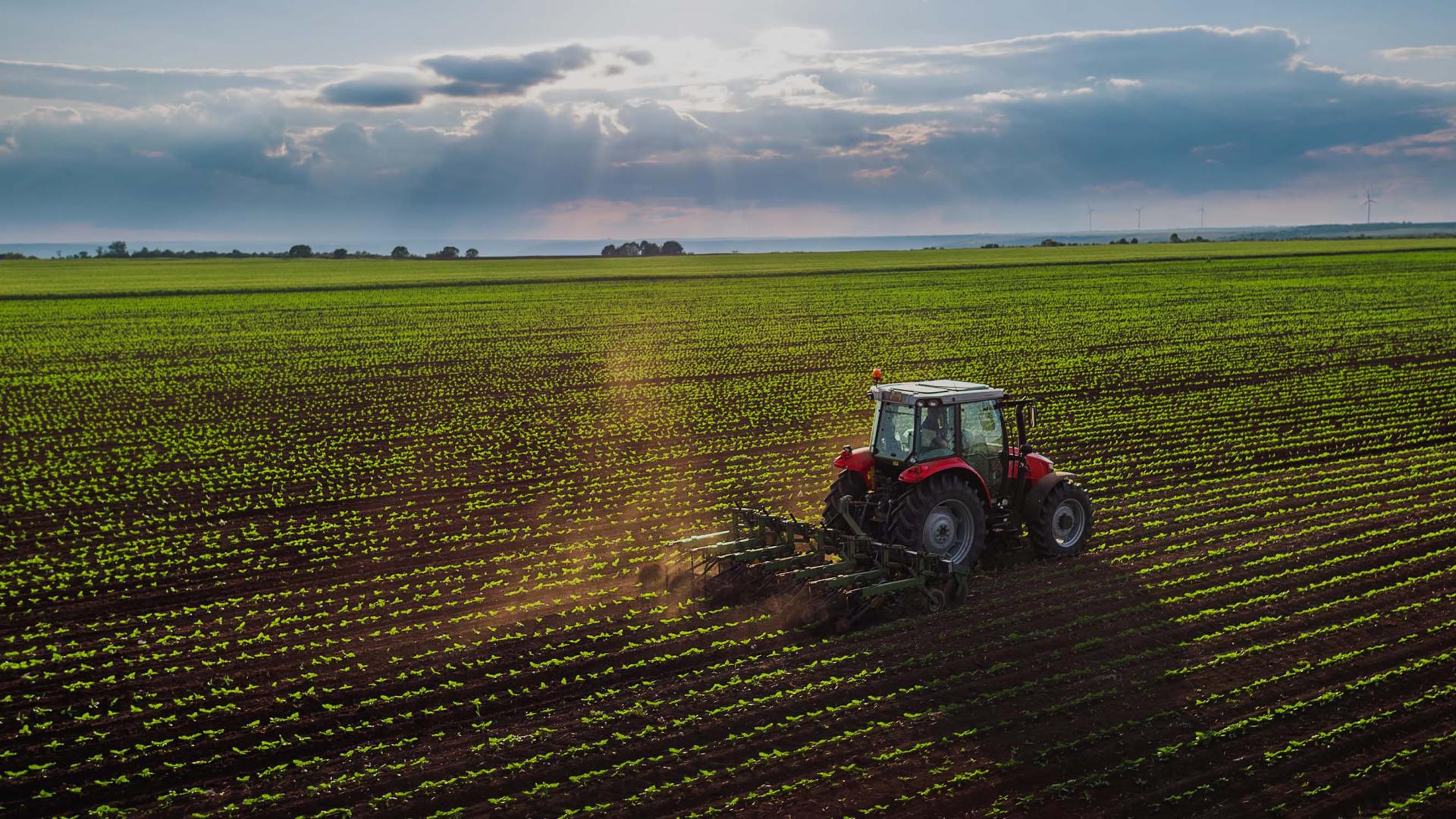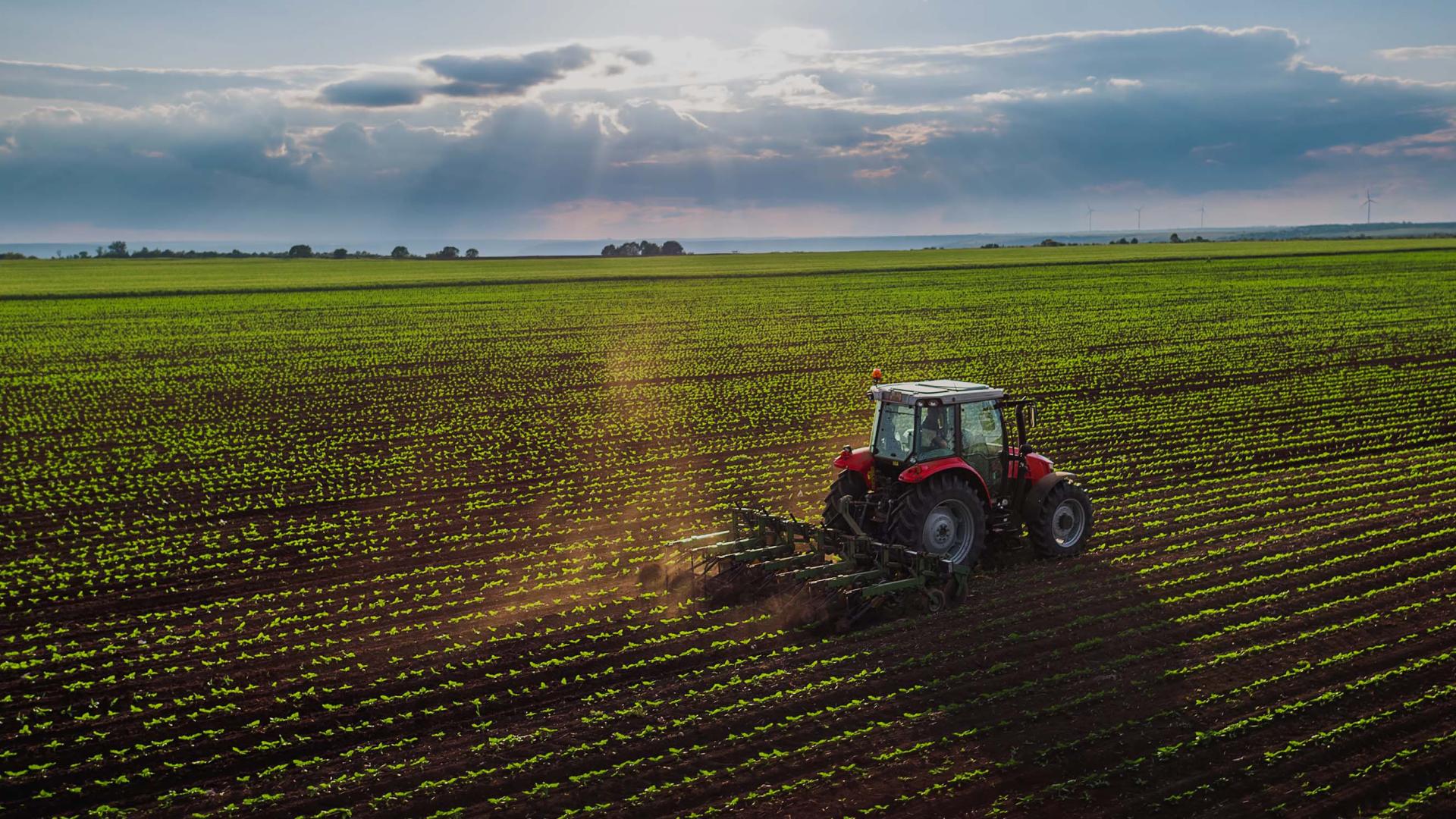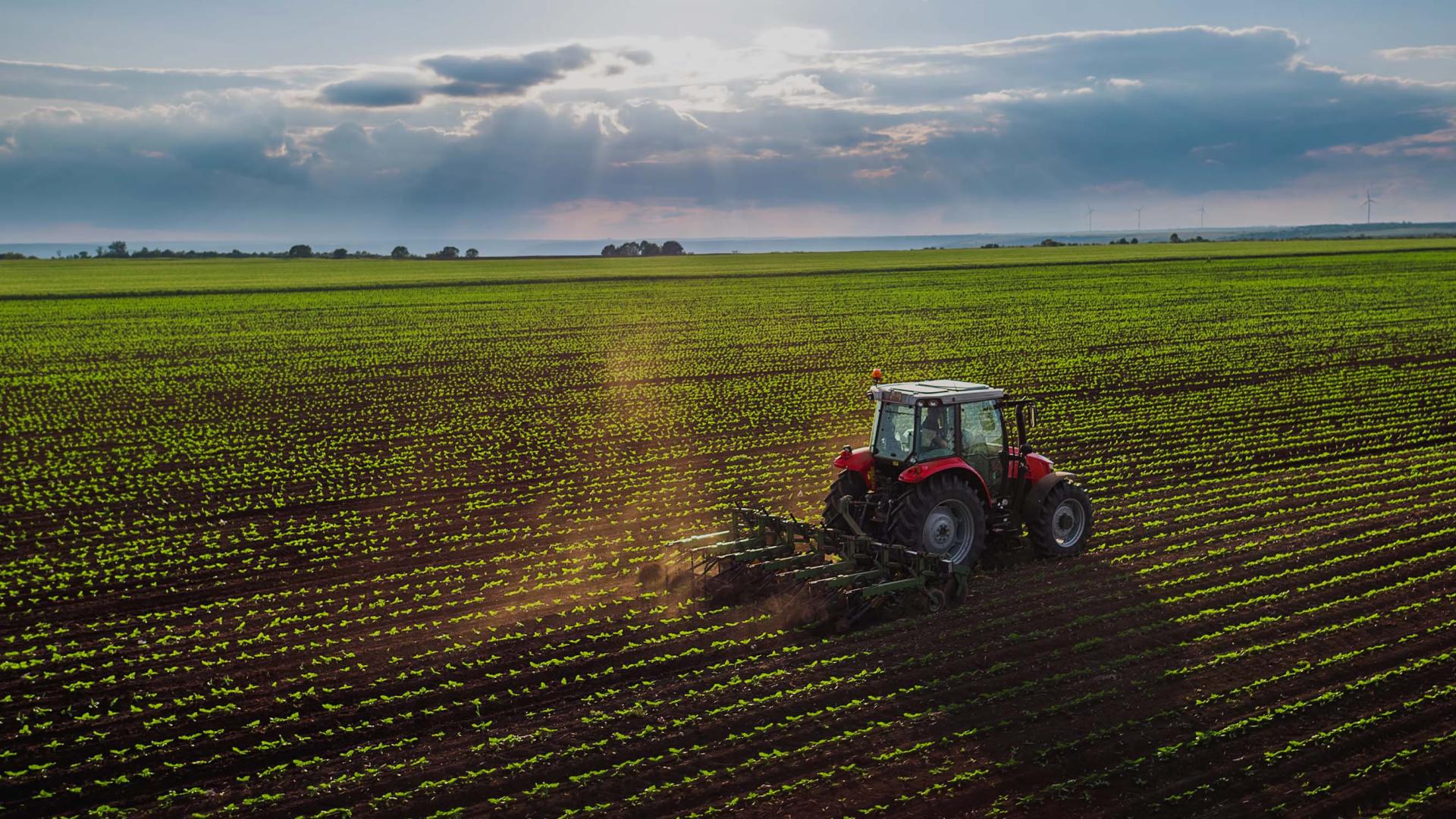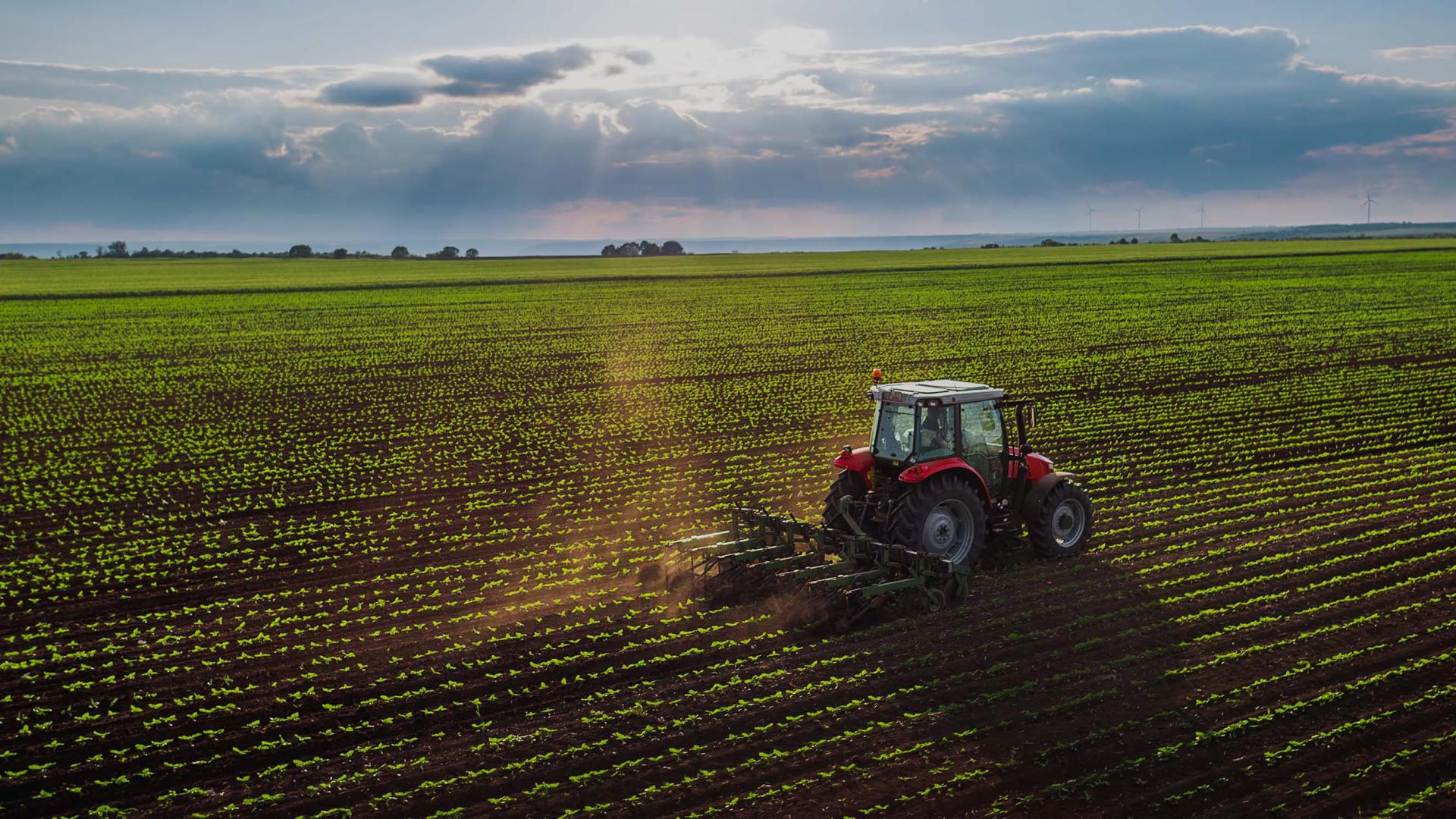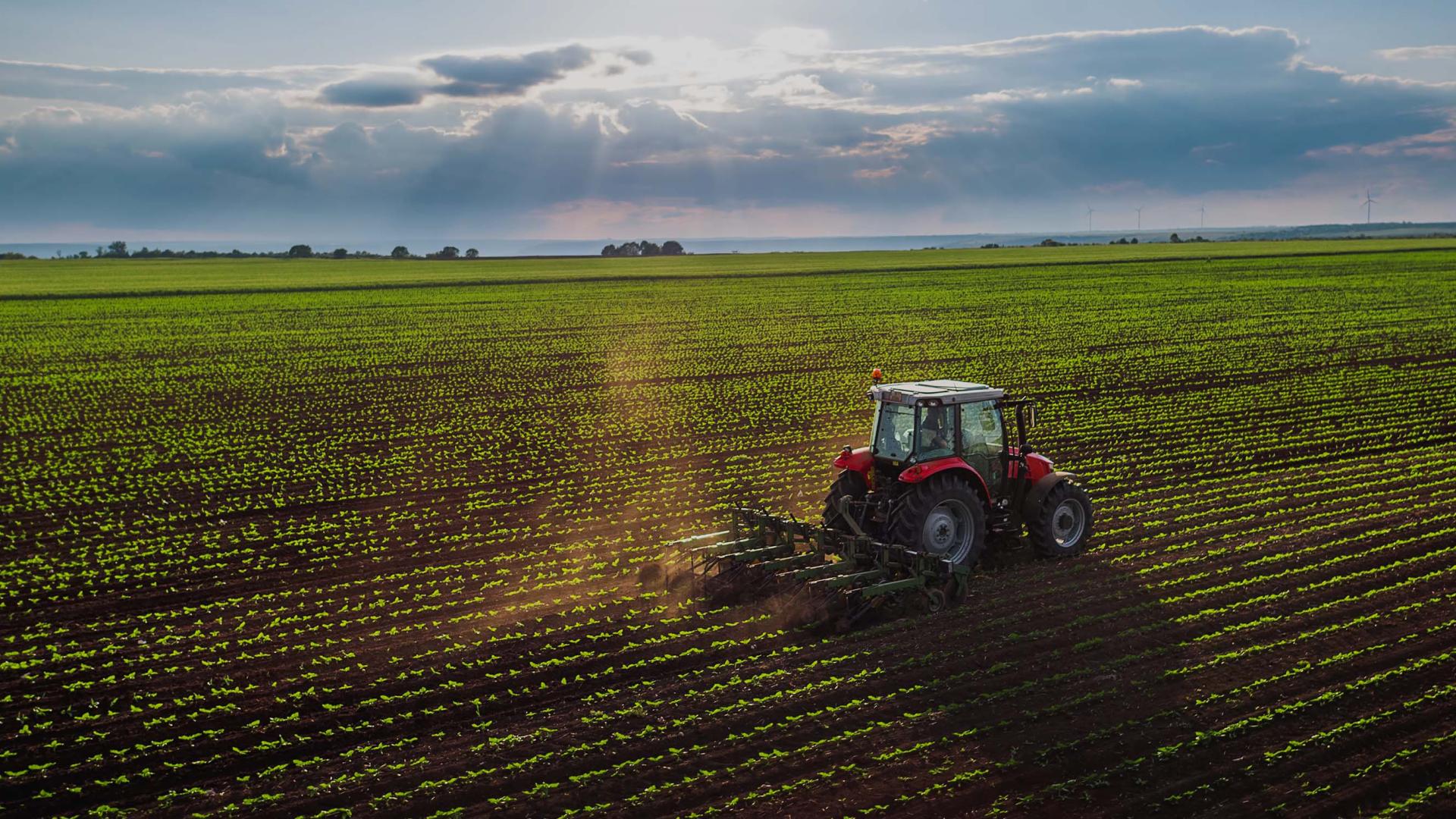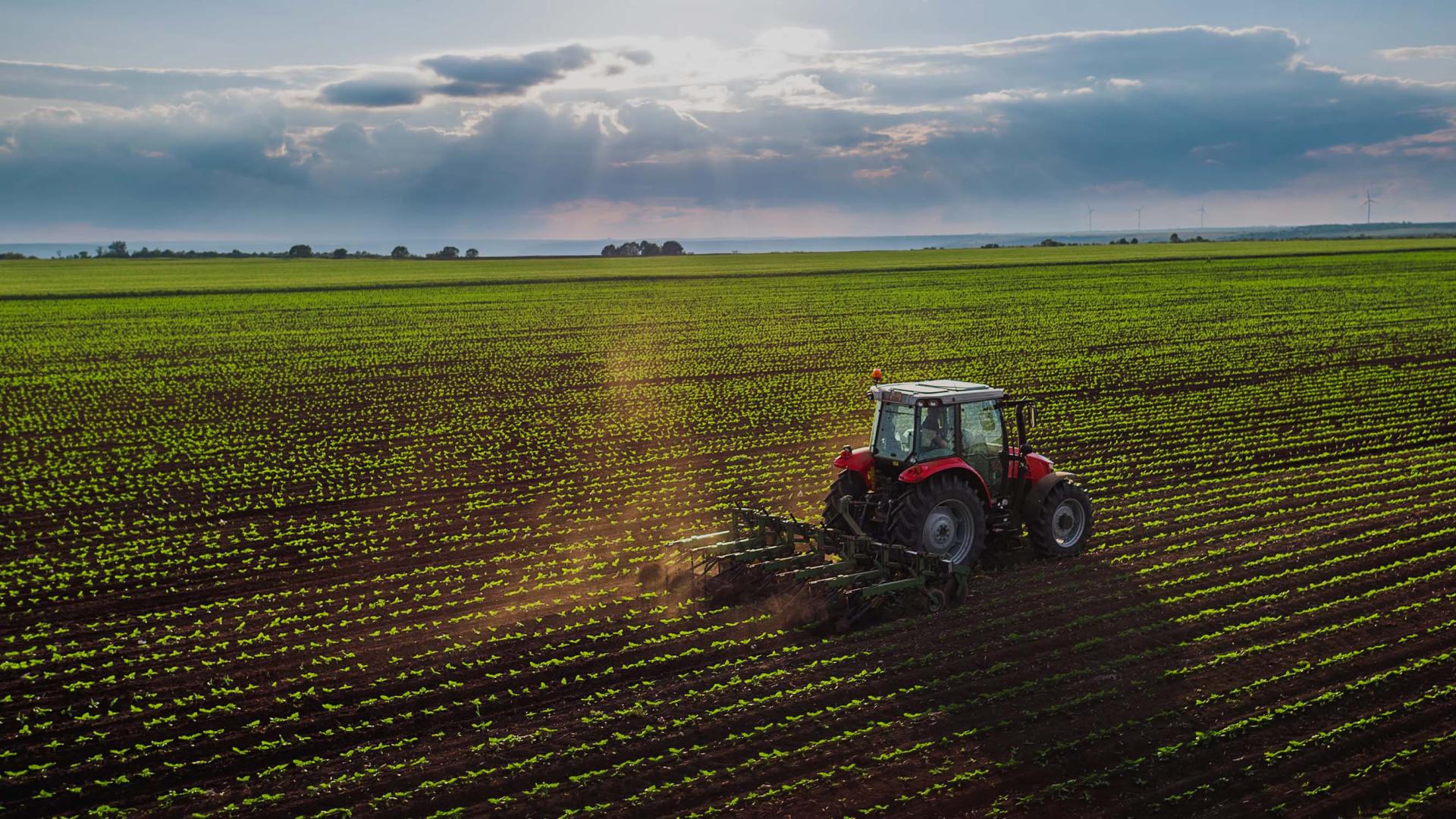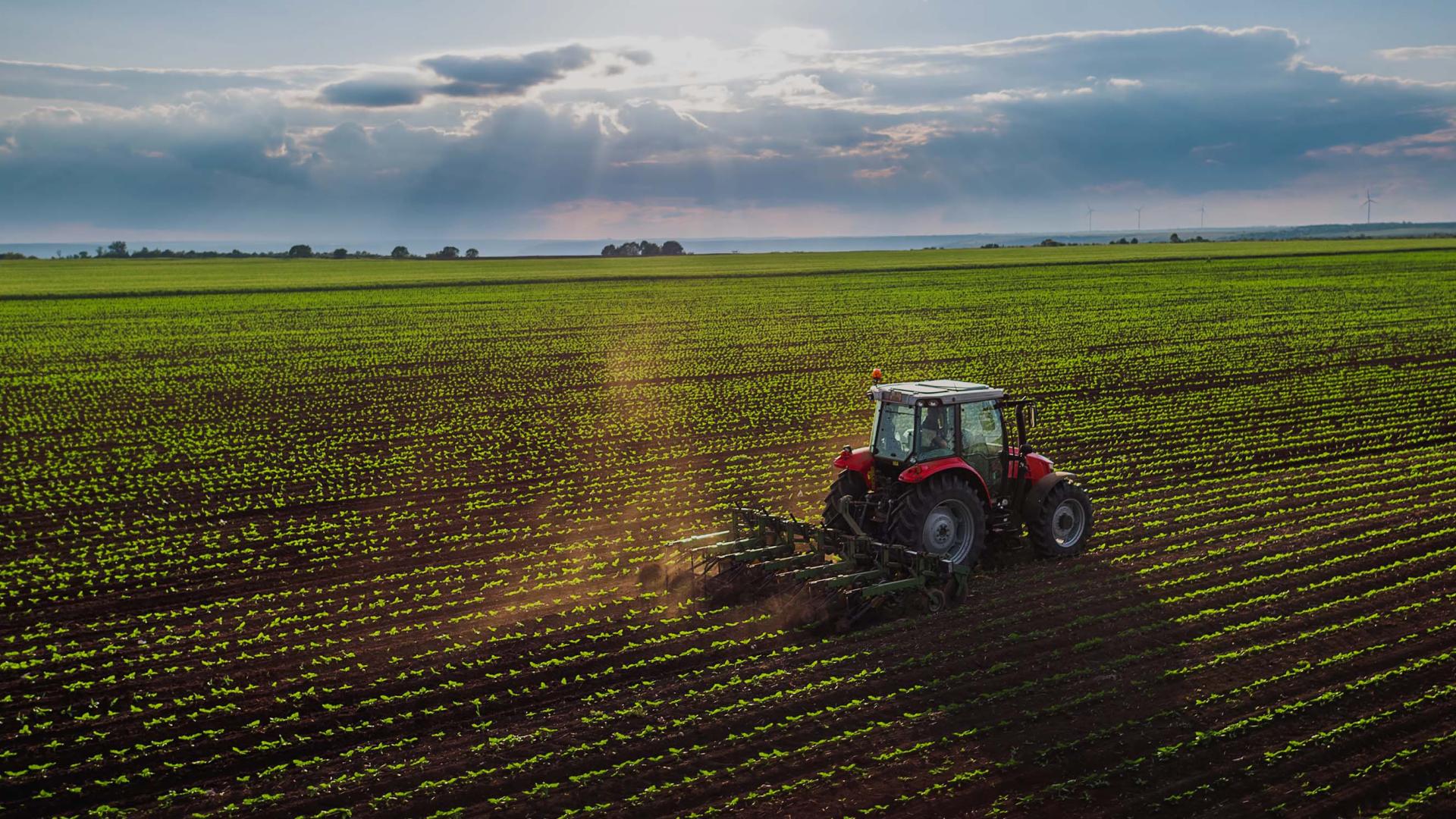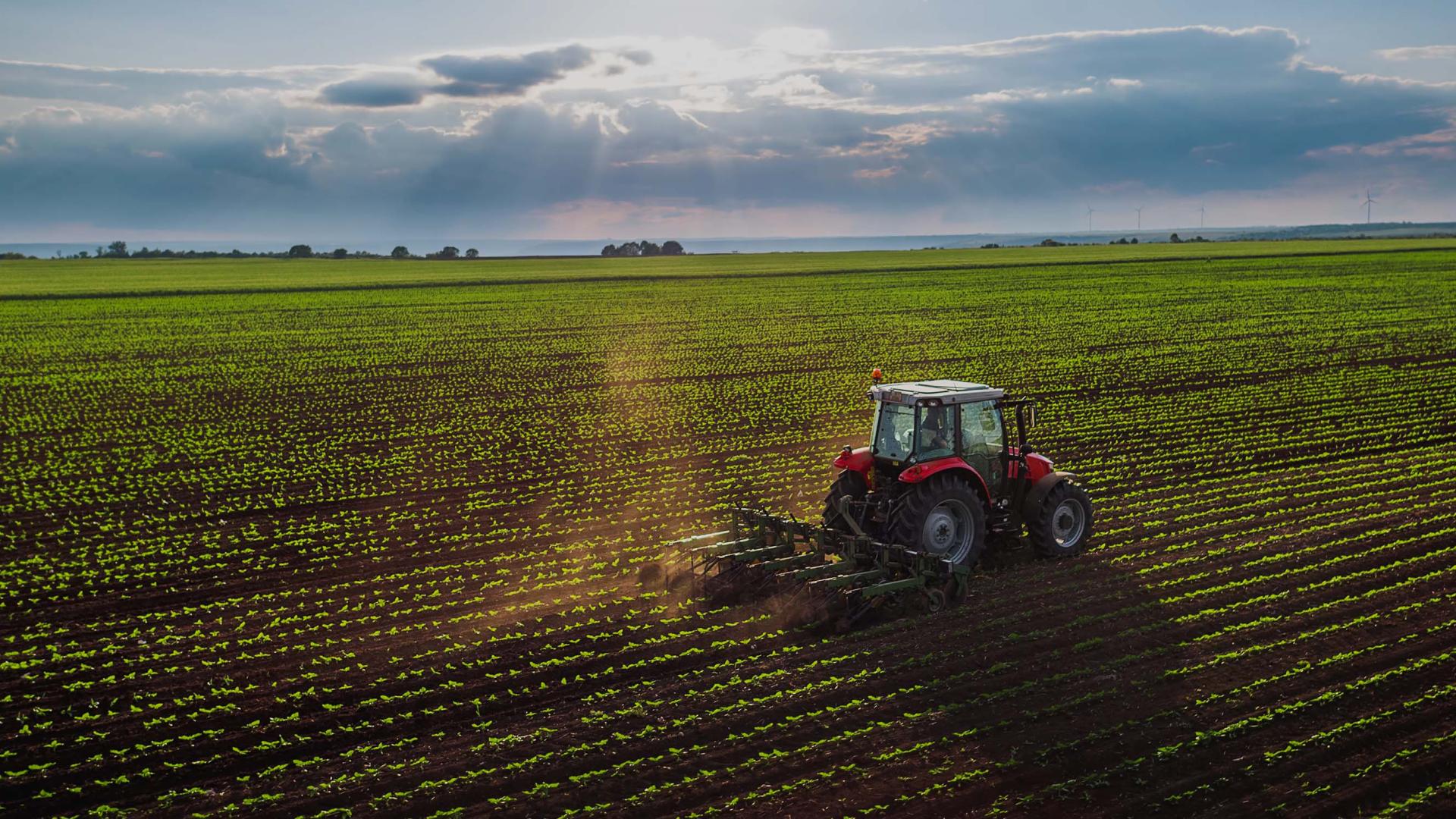Farm shops represent a unique blend of agricultural production and retail commerce, creating distinctive insurance needs that standard bus…
Farm Buildings Insurance: Comprehensive Protection for Agricultural Properties
Farm buildings are the backbone of any agricultural operation, housing everything from livestock and machinery to harvested crops and essential equipment. Without proper insurance coverage, a single incident could devastate years of hard work and investment. Farm buildings insurance provides crucial protection for the structures that keep your agricultural business running.
Understanding Farm Buildings Insurance
Farm buildings insurance is a specialized form of property insurance designed specifically for agricultural structures. Unlike standard commercial property insurance, it's tailored to address the unique risks and challenges faced by farming operations. This coverage protects the physical structures on your farm, including barns, storage facilities, livestock housing, equipment sheds, and processing buildings.
The insurance typically covers damage from fire, storm, flood, theft, vandalism, and other perils that could affect your agricultural buildings. Given the rural location of most farms and the specialized nature of agricultural structures, standard business insurance often falls short of providing adequate protection.
Types of Farm Buildings Covered
Modern farms rely on various specialized structures, each requiring specific insurance considerations:
Livestock Buildings
Cattle sheds, pig houses, poultry units, and dairy parlors require coverage that accounts for ventilation systems, feeding equipment, and animal welfare considerations. These buildings often house valuable livestock and expensive automated systems.
Storage Facilities
Grain stores, hay barns, and general storage buildings need protection against fire, weather damage, and contamination risks. The contents of these buildings can represent significant seasonal investments.
Equipment Housing
Machinery sheds and workshops protect expensive agricultural equipment and tools. Coverage should account for both the building structure and the valuable contents stored within.
Processing Buildings
On-farm processing facilities, milking parlors, and packing houses require specialized coverage due to their complex equipment and regulatory requirements.
Specialized Structures
Greenhouses, polytunnels, silage clamps, and feed storage towers each present unique risks and coverage requirements.
Key Coverage Areas
Structural Damage
The primary coverage protects against physical damage to building structures from covered perils. This includes walls, roofs, foundations, and permanent fixtures.
Contents Protection
Coverage extends to equipment, machinery, and stock housed within the buildings. This might include tractors, harvesting equipment, feed supplies, and stored crops.
Business Interruption
If building damage prevents normal farming operations, business interruption coverage can compensate for lost income during the repair period.
Alternative Accommodation
If damage to essential buildings like livestock housing requires temporary relocation of animals, the policy can cover additional costs.
Debris Removal
After a covered loss, the cost of clearing debris and preparing the site for rebuilding is typically included.
Professional Fees
Architect, surveyor, and legal fees associated with rebuilding are usually covered.
Common Risks and Challenges
Fire Hazards
Agricultural buildings face significant fire risks from hay storage, electrical systems, heating equipment, and machinery. Dust, dry materials, and rural locations can make fires particularly devastating.
Weather Damage
Storms, high winds, hail, and flooding pose constant threats to farm buildings. Climate change has increased the frequency and severity of extreme weather events.
Theft and Vandalism
Rural locations can make farms attractive targets for thieves seeking equipment, fuel, or materials. Remote locations may also face vandalism risks.
Structural Issues
Agricultural buildings often use specialized construction methods and materials that may be more susceptible to certain types of damage.
Contamination Risks
Storage buildings face risks from pest infestation, mold, or chemical contamination that could affect stored crops or feed.
Age and Maintenance
Many farm buildings are older structures that may not meet current building standards, potentially affecting coverage or premiums.
Factors Affecting Premiums
Building Construction
The materials and methods used in construction significantly impact premiums. Steel-framed buildings with concrete floors typically attract lower premiums than timber structures.
Location and Access
Remote locations may face higher premiums due to increased response times for emergency services. However, rural locations may also benefit from lower crime rates.
Fire Protection
Proximity to fire services, availability of water supplies, and on-site fire prevention measures all influence premium calculations.
Security Measures
Alarm systems, security lighting, and physical security measures can help reduce premiums.
Claims History
Previous claims on the property or by the policyholder will affect premium calculations.
Sum Insured
Accurate valuation is crucial. Under-insurance can leave you exposed, while over-insurance wastes money on unnecessary premiums.
Choosing the Right Coverage
Accurate Valuation
Work with qualified surveyors who understand agricultural buildings to ensure accurate rebuild valuations. Consider inflation and changes in building regulations that might affect reconstruction costs.
Specialized Insurers
Choose insurers who understand agricultural risks and offer policies designed specifically for farming operations.
Policy Limits
Ensure coverage limits are adequate for your specific buildings and contents. Consider seasonal variations in stock levels.
Excess Levels
Balance excess amounts with premium costs. Higher excesses reduce premiums but increase your financial exposure to smaller claims.
Additional Covers
Consider optional covers such as loss of rent, increased cost of working, or cover for temporary buildings.
Regular Reviews
Agricultural operations evolve, and insurance coverage should be reviewed regularly to ensure it remains adequate.
Risk Management Strategies
Fire Prevention
Install appropriate fire detection and suppression systems. Maintain electrical systems and heating equipment. Store combustible materials safely and maintain clear access routes.
Security Measures
Implement appropriate security measures including lighting, alarms, and physical barriers. Consider CCTV systems for high-value areas.
Maintenance Programs
Regular building maintenance can prevent many types of damage and demonstrate good risk management to insurers.
Emergency Planning
Develop and practice emergency procedures for fire, flood, or other disasters. Ensure staff know how to respond appropriately.
Record Keeping
Maintain detailed records of buildings, contents, and their values. Regular photographic records can be invaluable for claims purposes.
Claims Process and Best Practices
When damage occurs, prompt action is essential:
Immediate Response
Ensure safety first, then contact emergency services if required. Notify your insurer as soon as possible, ideally within 24 hours.
Damage Limitation
Take reasonable steps to prevent further damage, such as covering exposed areas or moving undamaged stock to safety.
Documentation
Photograph damage thoroughly and keep detailed records of all costs incurred. Don't dispose of damaged items until the insurer has inspected them.
Professional Support
Work with loss adjusters and other professionals appointed by your insurer. Consider appointing your own surveyor for significant claims.
Temporary Measures
Discuss temporary accommodation for livestock or alternative storage arrangements with your insurer before incurring costs.
Future Considerations
The agricultural sector faces evolving challenges that may affect insurance needs:
Climate Change
Increasing frequency of extreme weather events may require enhanced coverage or risk management measures.
Technology Integration
Modern farm buildings increasingly incorporate sophisticated technology that requires specialized coverage.
Regulatory Changes
Evolving building regulations, environmental requirements, and animal welfare standards may affect reconstruction costs.
Renewable Energy
Solar panels, wind turbines, and other renewable energy installations require specific insurance considerations.
Diversification
Many farms are diversifying into tourism, retail, or processing activities that may require additional coverage.
Conclusion
Farm buildings insurance is an essential protection for agricultural operations, providing security for the structures that house your livelihood. The specialized nature of agricultural buildings and their contents requires insurance coverage that understands the unique risks and challenges of farming.
Choosing the right coverage involves careful consideration of your specific buildings, their contents, and the risks they face. Working with insurers who specialize in agricultural risks ensures you receive appropriate coverage at competitive rates.
Regular review of your coverage, combined with effective risk management strategies, helps ensure your farm buildings remain protected as your operation evolves. In an industry where margins can be tight and weather unpredictable, comprehensive buildings insurance provides essential peace of mind.
The investment in proper farm buildings insurance is small compared to the potential cost of rebuilding without coverage. Don't let inadequate insurance put your agricultural operation at risk – ensure your buildings are properly protected so you can focus on what you do best: farming.


 0330 127 2333
0330 127 2333

